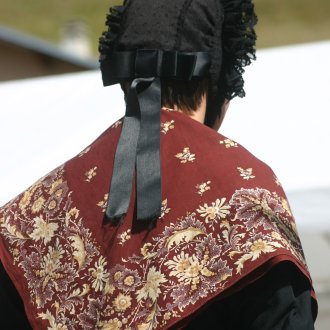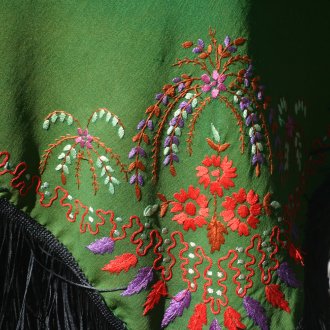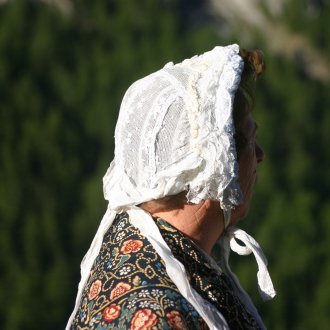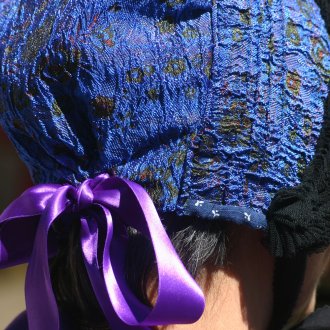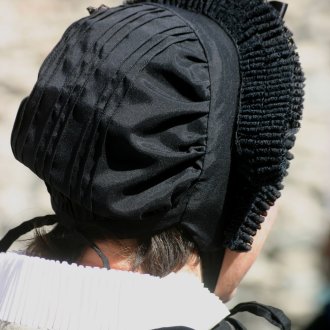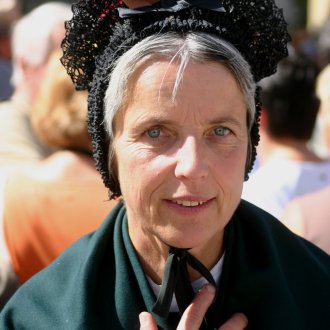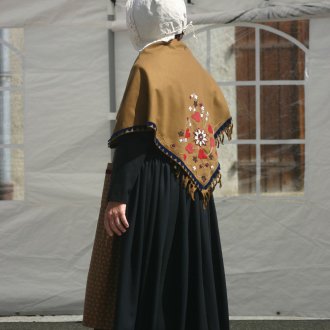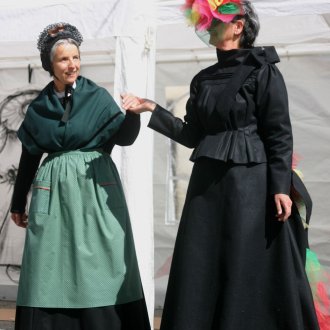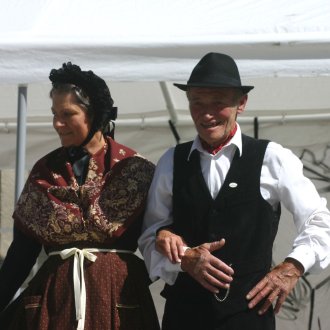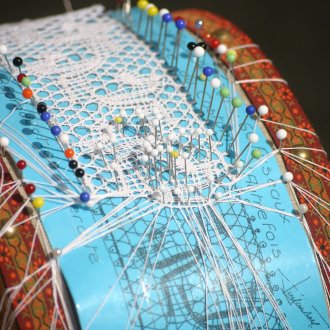
House of costume in Abriès
A beautiful story!
They were three friends, Véronique, Mireille and Gisèle.
They danced with the "Gounellouns"(1) and on performance days they wore the Queyrassins costumes still worn by their grandmothers when they were children.
Isn't a break the perfect time to talk rags with friends?
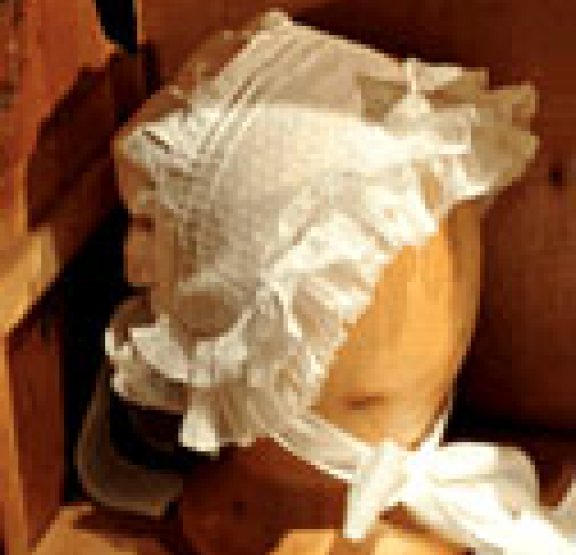
At first, you're struck by the similarities: the black dress, the headdress, the apron, the shawl. But you soon become aware of the differences.
The headdress can be white, black or colored. Does this mean anything? White for young girls, black for widows? Perhaps it does. We hear it said sometimes.
But there's this grandmother from Saint-Véran whose headdress is white, and yet she's a widow...
Village headdresses are different, but when a woman from Molines married in Arvieux, did she keep her headdress? or did she adopt that of her adopted village?
(1) In Queyras dialect, the gounelle is the dress. The gounelloun is the petticoat. This is the name adopted by a traditional dance group created 30 years ago.
Clearly, it's time to delve deeper, to try and understand....
So the three friends talk about it around them, ask the elders, look at old photos, those in black and white that give so little information about color.
People in the village are interested. Clothes, fabrics, tools- in short, old things that have no value to the uninitiated, but are treasures to enthusiasts like our three friends. And they lend them to them, and often give them away.
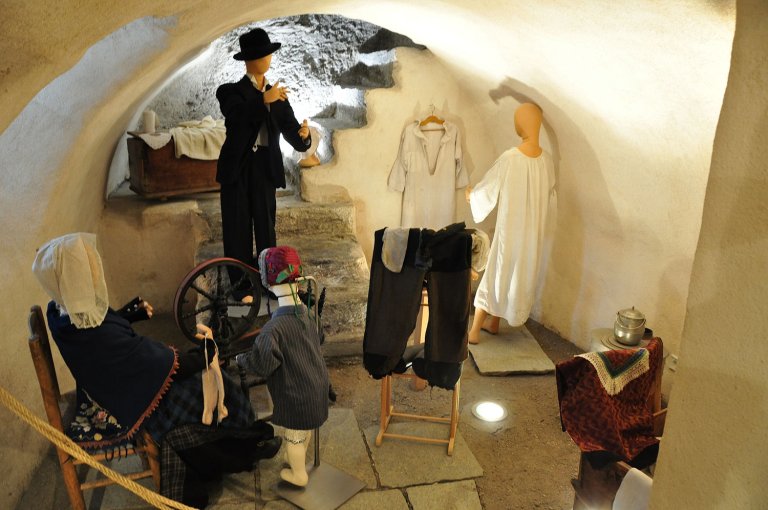

At the same time, they began researching folk art museums and specialized books, in order to understand and learn.
Taking old clothes as models, they made patterns and were soon able to make headdresses and embroider shawls for friends of the Gounellouns who didn't have any.
Don't these almost imperceptible traces indicate that the apron was pleated? Does the reproduction of the lace on this headdress pose a problem? Never mind, they're learning about lace.
With the help of a neighboring carpenter, they equipped themselves with drums for which they had unearthed the plans, and a Queyras lace enthusiast made them cartons from old headdresses.
All these riches are great, but sharing them is even better.
So, with other friends who have since joined them(2) and with the help of the Abriès town council, which has made a few vaulted rooms available to them, they opened the Maison du Costume.
What will be exhibited and how? The choice was difficult and the discussions lively, but the determination to succeed was such that all obstacles were overcome.
(2) In May 2000, they set up the association "Le costume d'autrefois", which now has some fifty members.

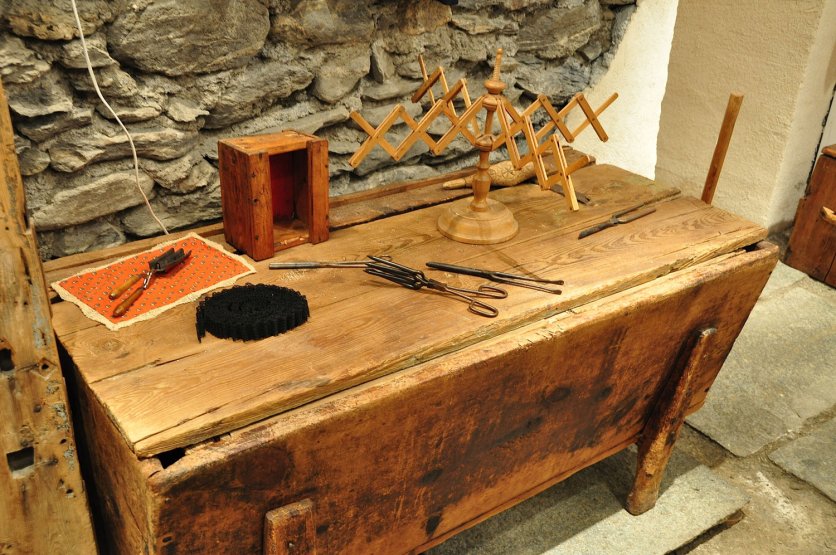
To the curious visitor, they warmly offer explanations.
They've already made a lot of progress, but an answer to a question raises so many new questions; they risk being exhausted before their subject is, but they're tireless and their enthusiasm is not about to wane.
So applaud their efforts and visit the Maison du Costume - your very presence will be an encouragement to them.
Life in the past in Queyras
Are you interested in old-fashioned costumes and would like to find out more about life in the past in this corner of the Hautes Alpes and the school of yesteryear?
Take a look at the Musée du Soum in Saint-Véran (Hautes Alpes) and the Musée de l'école in Brunissard (Arvieux). You won't be disappointed.
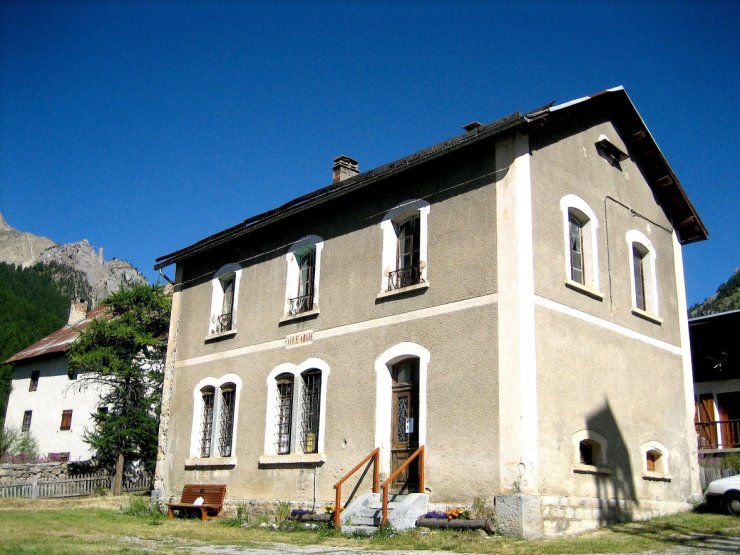
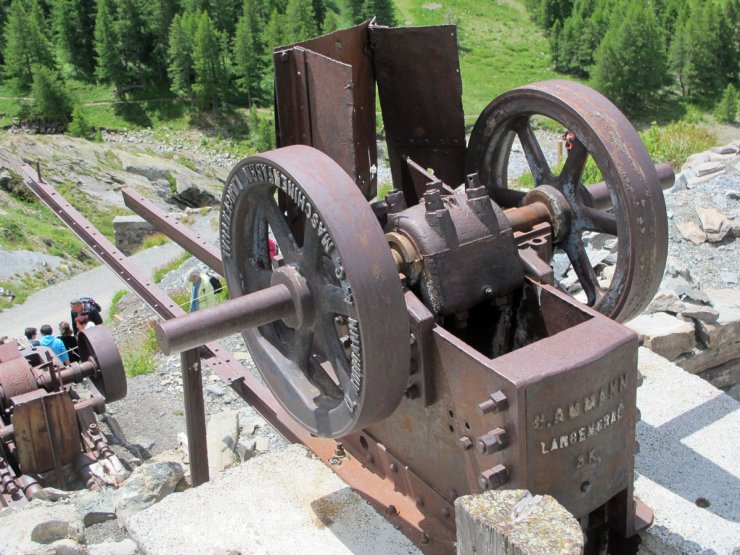
Also in Saint-Véran and Ristolas
Also worth seeing :
- the old copper mine at Saint-Véran, an open-air museum unique in the Hautes Alpes.
- l'Arche des Cîmes in Ristolas, the Queyras Regional Nature Park's museum of flora and fauna, featuring the daytime and nocturnal animals of the Hautes Alpes
